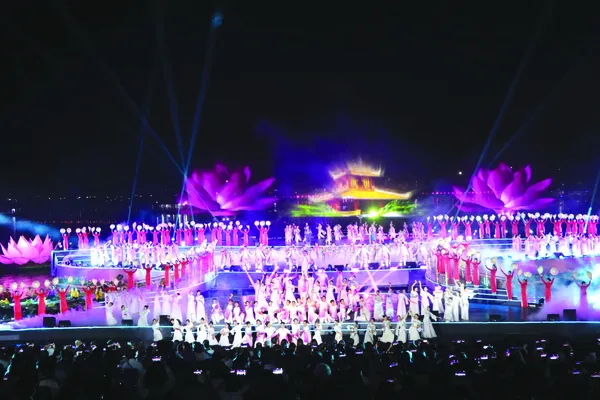 Economy
Economy

Developers of low- and middle-income housing projects should pay attention to green designs, intelligent technologies and energy saving solutions, Đỗ Đức Duy, deputy minister of construction has said.
 |
| “Việt Nam’s housing policies are under pressure from an increasing population, especially in urban areas. It is forecast that the urban population could reach 46 million by 2020, accounting for 45 per cent of the country’s total number,” Duy said. — Photo hanoimoi.vn |
Viet Nam News -HÀ NỘI — Developers of low- and middle-income housing projects should pay attention to green designs, intelligent technologies and energy saving solutions, Đỗ Đức Duy, deputy minister of construction has said.
Duy said solutions are focussed on the high-end segments while the low and middle- income housing segment has the highest number of users, and also consumes the maximum amount of energies.
“Việt Nam’s housing policies are under pressure from an increasing population, especially in urban areas. It is forecast that the urban population could reach 46 million by 2020, accounting for 45 per cent of the country’s total number,” he said.
He told the conference on Green Constructions for Low and Middle Income Housing held in Hà Nội on Wednesday that the new housing demand could go up to 5.1 million apartments in the low- and middle-income segment in the next 10 years.
This is the reason that green constructions will contribute to sustainable development and environment protection. This has also been the ministry’s development trend for the segment in Việt Nam, he added.
Duy said green constructions have become more popular in the world and a vital development trend toward effective energy and natural resource use.
Vũ Thị Kim Thoa, senior advisor of Việt Nam Clean Energy Programme funded by the United States Agency for International Development (USAID) said that green constructions could save up to 50 per cent of energy as compared to initial designs without increasing costs. In addition, these could reduce operational costs which often account for more than 80 per cent of investment spending.
“This could help increase the asset value, quicker returns on capital, and attract home buyers,” Thoa said.
Sharing the ideas, Greges Reimann, managing director of Denmark IEN Consultants, said that the criteria for green constructions in Việt Nam have been encouraged while many countries in the world have promulgated specific and compulsory laws.
He said that the energy saving in buildings in Denmark reached 50 per cent thanks to compulsory regulations on using renewable energy sources in constructions.
In Viet Nam, some investors have been piloting the development of green architecture such as Phú Mỹ Hưng, North Linh Đàm, Vincome Villas Long Biên, and EcoLife Capital urban areas projects.
There are 60 green constructions in Việt Nam though the development was initiated in 2006.
The number has been modest in comparison to the total number of constructions in Việt Nam.
Trần Như Trung, deputy general director of Capital House, said that housing developers have not cared to meet the requirements of green constructions due to the low profits from social housing projects.
“Home buyers could benefit from green constructions as soon as they receive their apartments but investors have to spend more. This has become a headache for investors, especially those in social housing projects,” Trung said.
Việt Nam ranks 7th in the world in terms of losses due to climate change. Management agencies, home developers and people should increase their awareness on green constructions, energy saving and renewable energies. – VNS




